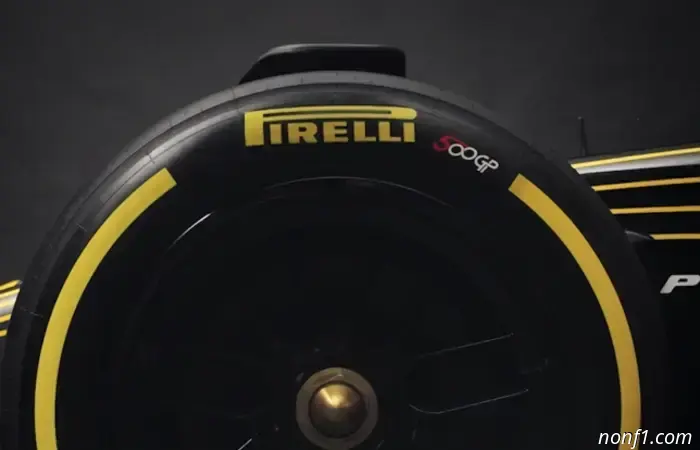
Pirelli is preparing for its 500th Grand Prix.
The upcoming Dutch Grand Prix will be an important milestone in Pirelli’s history with Formula 1: the Italian tyre maker is preparing for its jubilee 500th race.
This story began at the same time as the championship itself: on 13 May 1950, at the start of the British Grand Prix at Silverstone, four Alfa Romeo and four Maserati cars entered the race fitted with Pirelli tyres. Victory that day went to Giuseppe Farina in one of those Alfa Romeo 158s, but two other drivers in identical cars also climbed the podium – Luigi Fagioli and Reg Parnell.
Over the past 75 years the Italian company has supplied tyres at 499 World Championship rounds, but with interruptions: from 1950 to 1958, then from 1981 to 1986, from 1989 to 1991, and finally it returned to Formula 1 in 2011.
Pirelli say they will begin celebrating the anniversary at Zandvoort and continue in Monza during the Italian Grand Prix, where the company is the title sponsor. But it is in the Netherlands that all cars will carry a special logo to mark the 500th Grand Prix, and that logo is also applied to the sidewalls of all slicks.
For the Zandvoort round the tyre makers have prepared compounds one step softer than a year ago: teams are offered C2 as the Hard, C3 as the Medium, and the softest will be C4. In 2024 these were C1, C2 and C3. The decision was made jointly with the FIA and Formula 1 in an effort to diversify strategic options – this will make two-stop strategies more likely.
Another factor that could influence such a choice is the increase in the pit-lane speed limit from 60 km/h to 80 km/h, meaning the time cost of pit stops will be somewhat reduced.
However, calculations made by teams on simulators indicate that the fastest way to complete the Dutch Grand Prix distance is with a single pit stop – primarily because overtaking at Zandvoort is very difficult.
Of the 14 turns on the Dutch circuit, two are banked – the third and the final corner of the lap, where the banking angles are 19 and 18 degrees respectively, which is more than at Indianapolis. Of course, in these corners the tyres experience very high vertical and longitudinal loads, so teams pay great attention to choosing optimal setups to achieve the most seamless interaction between chassis and tyres.
Zandvoort demands a high level of downforce, comparable to the Hungaroring. At the same time grip, especially at the start of the weekend, is at a fairly low level, and this can be worsened by sand blown in from the coast by the wind, since the circuit is only a few hundred metres from the North Sea.
Of course, the weather in these parts is changeable, and late-summer temperatures already drop below 20 degrees Celsius.


Other articles
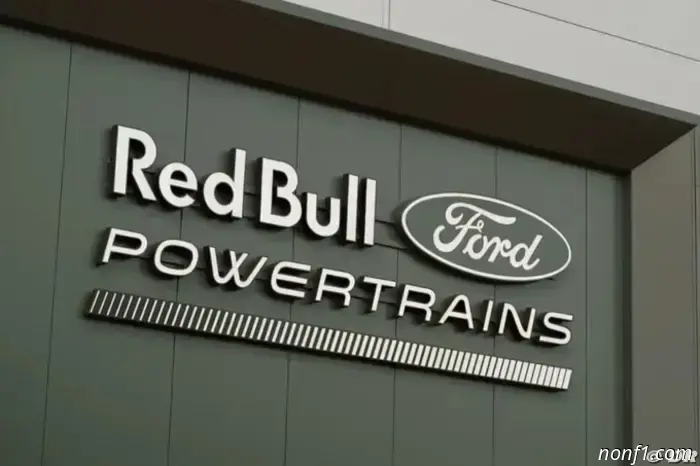 Ford broadens its involvement with Red Bull F1 for 2026.
Formula 1 | Ford has announced that its return to Formula 1 next year will involve a complete partnership with Red Bull's internal engine program for 2026 and future seasons. (…)
Ford broadens its involvement with Red Bull F1 for 2026.
Formula 1 | Ford has announced that its return to Formula 1 next year will involve a complete partnership with Red Bull's internal engine program for 2026 and future seasons. (…)
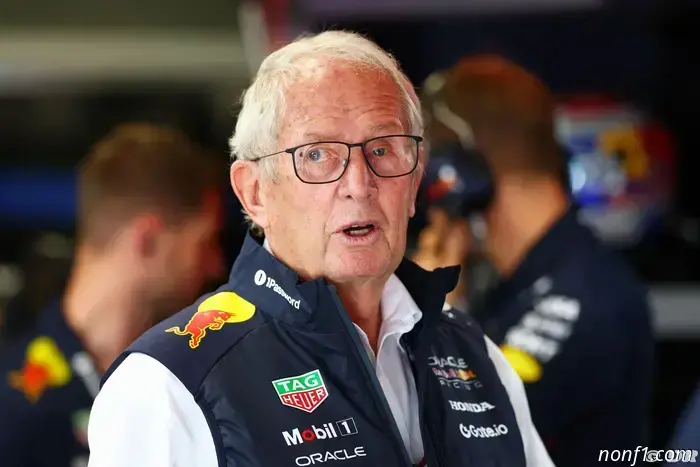 Marko commends Mekies for his influence at Red Bull.
Formula 1 | Dr. Helmut Marko has stated that Laurent Mekies, who is set to replace Christian Horner as the team principal of Red Bull, has introduced a fresh approach to the team owned by the energy drink company. (…)
Marko commends Mekies for his influence at Red Bull.
Formula 1 | Dr. Helmut Marko has stated that Laurent Mekies, who is set to replace Christian Horner as the team principal of Red Bull, has introduced a fresh approach to the team owned by the energy drink company. (…)
 Piastri: It is important to maintain team unity.
Oscar Piastri believes that his relationship with his teammate remains unchanged because both are determined to preserve McLaren’s unity...
Piastri: It is important to maintain team unity.
Oscar Piastri believes that his relationship with his teammate remains unchanged because both are determined to preserve McLaren’s unity...
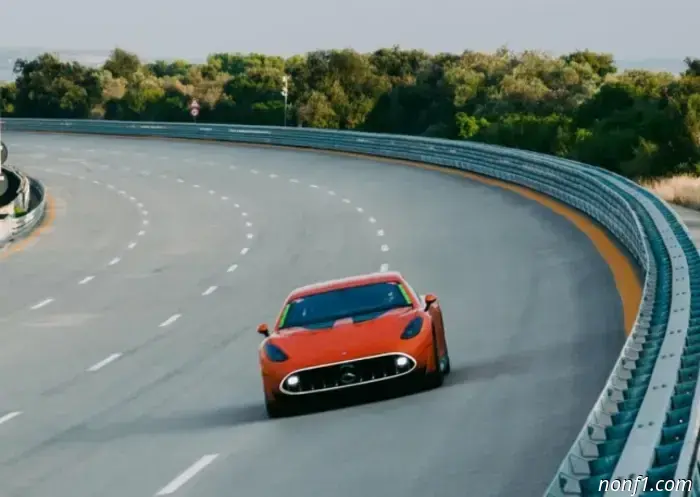 George Russell participated in record-breaking races.
A Mercedes team driver spoke about taking part in a record-setting run in the latest electric vehicle built by the Stuttgart-based automaker, which made it possible to set more than two dozen world records...
George Russell participated in record-breaking races.
A Mercedes team driver spoke about taking part in a record-setting run in the latest electric vehicle built by the Stuttgart-based automaker, which made it possible to set more than two dozen world records...
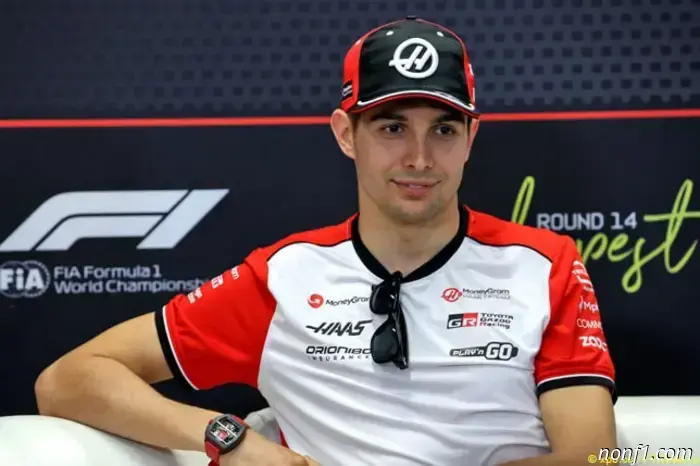 Ocon: The atmosphere at Haas is healthier than at Alpine.
Esteban Ocon spent five seasons with the Alpine team, with which he achieved his first and, to date, only victory at the 2021 Hungarian Grand Prix. In 2025 the French driver is racing for Haas, and after fourteen races he made a striking comparison between the two teams that was not in favor of the Enstone outfit.
Ocon: The atmosphere at Haas is healthier than at Alpine.
Esteban Ocon spent five seasons with the Alpine team, with which he achieved his first and, to date, only victory at the 2021 Hungarian Grand Prix. In 2025 the French driver is racing for Haas, and after fourteen races he made a striking comparison between the two teams that was not in favor of the Enstone outfit.
 Lewis Hamilton: You have to keep going, even if it's hard.
Lewis Hamilton spent the final part of his summer holiday on warm seas aboard a yacht, although he didn't stop training — after all, there were only a few days left until the Dutch Grand Prix.
Lewis Hamilton: You have to keep going, even if it's hard.
Lewis Hamilton spent the final part of his summer holiday on warm seas aboard a yacht, although he didn't stop training — after all, there were only a few days left until the Dutch Grand Prix.
Pirelli is preparing for its 500th Grand Prix.
The Dutch Grand Prix will mark an important milestone in Pirelli's collaboration with Formula 1: the Italian tyre maker is preparing for its landmark 500th race...
